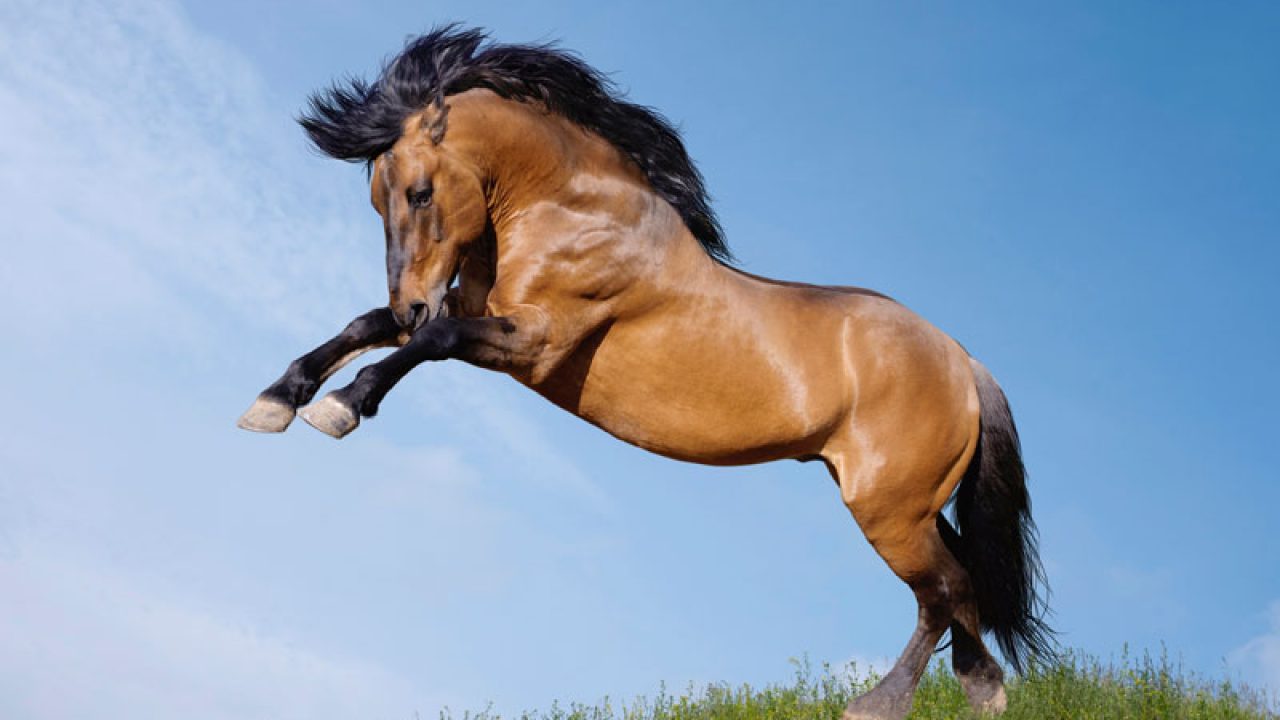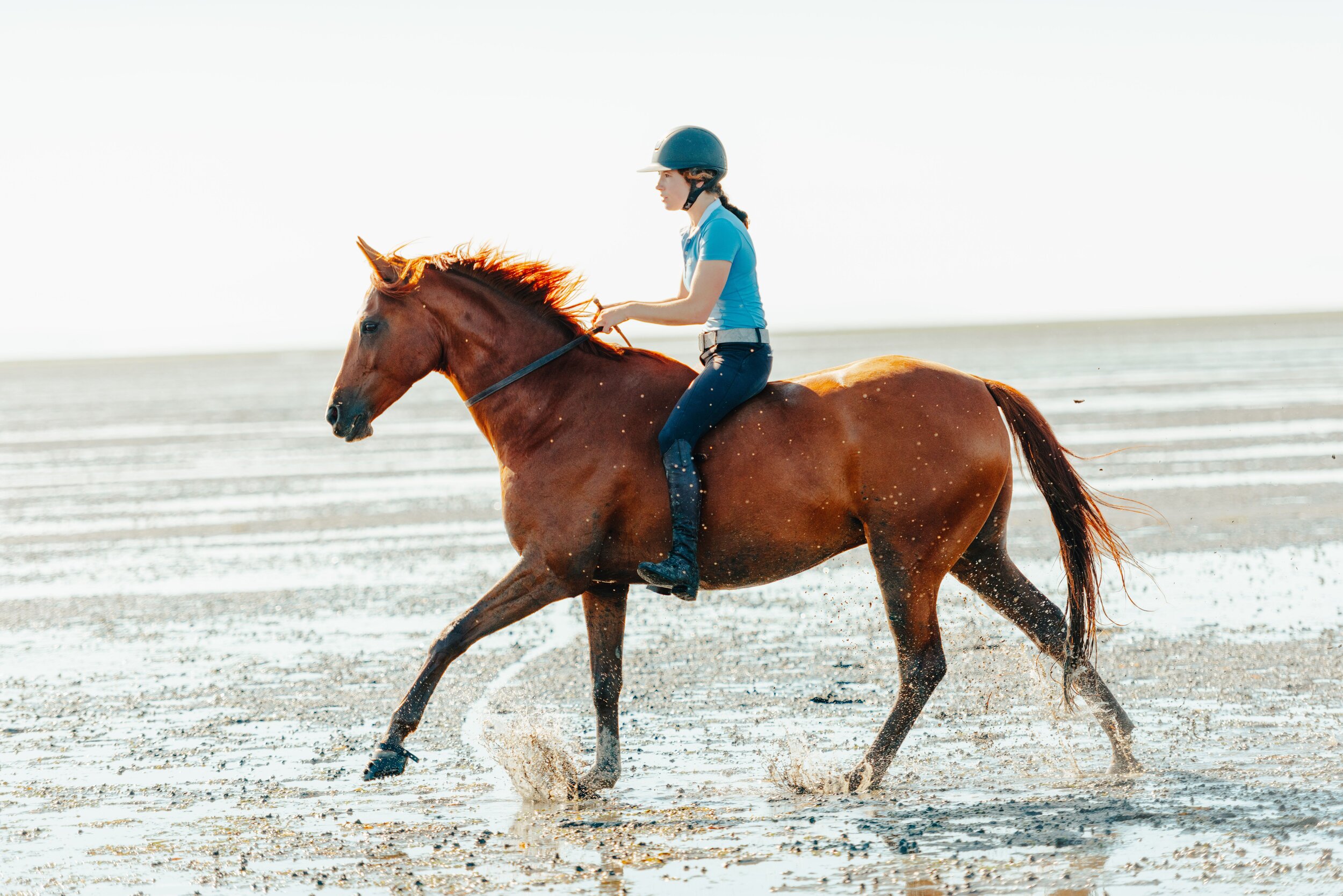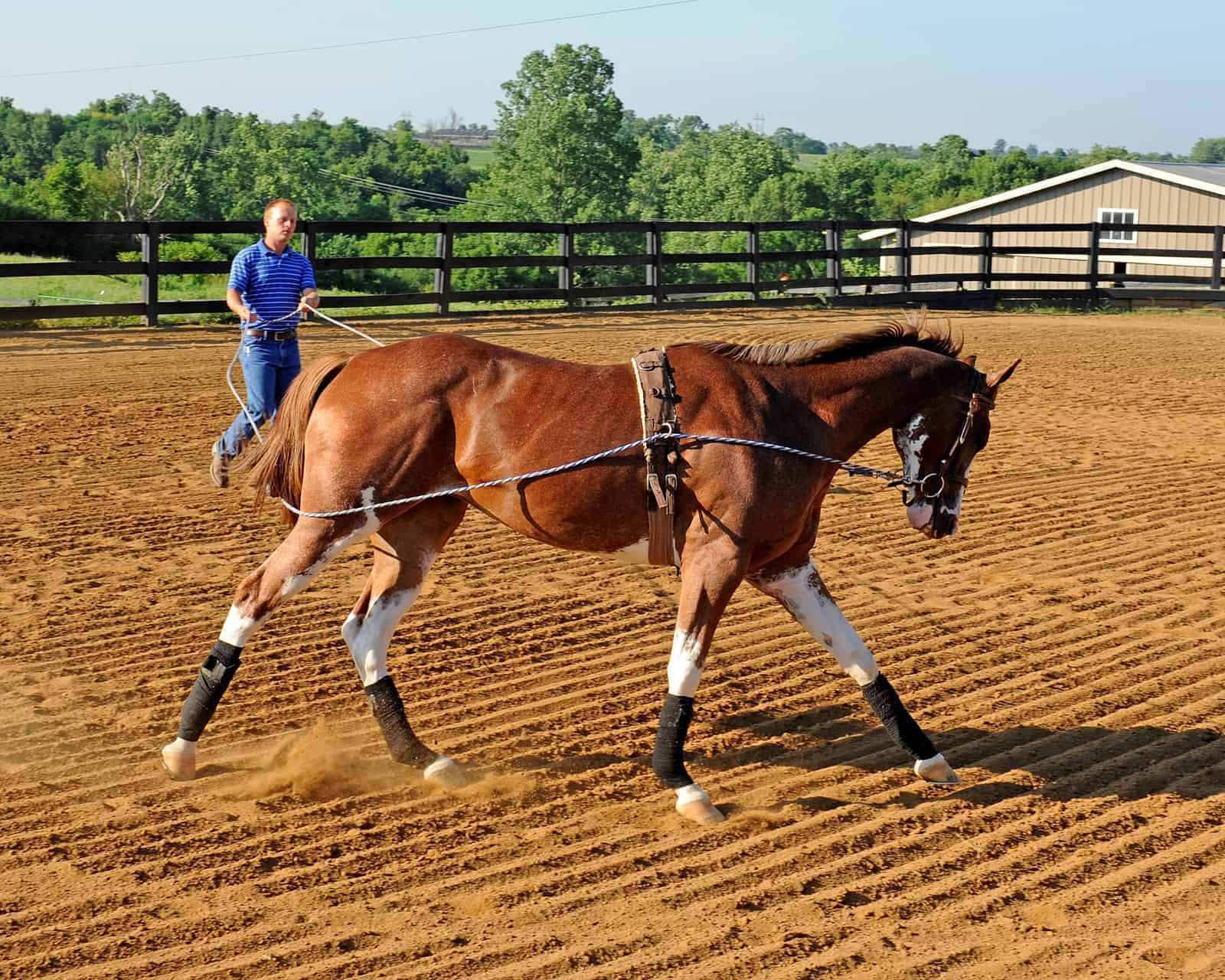Horses have been a popular subject in video games for decades, but despite their prominence, many games still fall short when it comes to accurately portraying these majestic animals and the art of riding them. From unrealistic animations to inaccurate depictions of horse behavior, there are several common misconceptions that persist in the gaming world. In this article, well explore three key areas where games tend to miss the mark when it comes to horses and riding, shedding light on the discrepancies between virtual and real-world equestrian experiences.
1. Unrealistic Representation of Horse Behavior and Characteristics

In many video games and virtual simulations, the representation of horse behavior and characteristics often falls short of reality. From the way they move and interact with their environment to the sounds they make, the portrayal of horses in these mediums can be far from accurate. One common misconception is the constant galloping or trotting of horses, when in reality, they have varying gaits depending on the situation. Additionally, the behavior of horses in games may not reflect their true nature, such as being easily spooked or overly obedient. These inaccuracies can impact the players understanding and appreciation of these majestic creatures, highlighting the need for a more realistic depiction in future gaming experiences.
2. Oversimplified Riding Mechanics and Controls

One of the most prevalent issues in video games featuring horses is the oversimplified riding mechanics and controls that fail to capture the true essence of equestrianism. Games often reduce the intricate relationship between rider and horse into a simple button-mashing exercise, devoid of the finesse and skill required in real-life horseback riding. The lack of nuance in controlling the horse can lead to frustration for players seeking a more authentic and immersive experience. Additionally, the limited range of movements and actions available to the player can make riding feel restrictive and one-dimensional, further detracting from the overall realism and enjoyment of the gameplay.
3. Lack of Understanding of Equine Care and Training Practices

Many games often fall short in accurately portraying the intricacies of equine care and training practices. From unrealistic feeding schedules to oversimplified training techniques, these games fail to capture the nuanced and multifaceted nature of working with horses. Players may be left with a distorted view of what it truly takes to care for and train these magnificent animals, leading to misconceptions and misunderstandings. By glossing over the intricacies of equine care and training, these games do a disservice to both the players and the horses themselves. It is important for game developers to do their due diligence in researching and accurately depicting the realities of horse care and training in order to provide a more authentic and educational gaming experience.
Conclusion
In conclusion, it is evident that many video games often inaccurately portray horses and riding, perpetuating misconceptions and oversimplifications of these animals and activities. From unrealistic behaviors and movements to incorrect terminology and equipment usage, games frequently miss the mark when it comes to representing the intricacies of equestrianism. By addressing these inaccuracies and incorporating more realistic elements into their gameplay, developers can offer a more authentic and educational experience for players. Additionally, attention to details such as Thrush Prevention can demonstrate a commitment to accuracy and inclusivity within the gaming community, ultimately enhancing the overall quality of horse-related content in video games.


